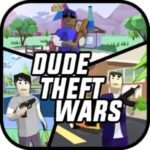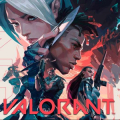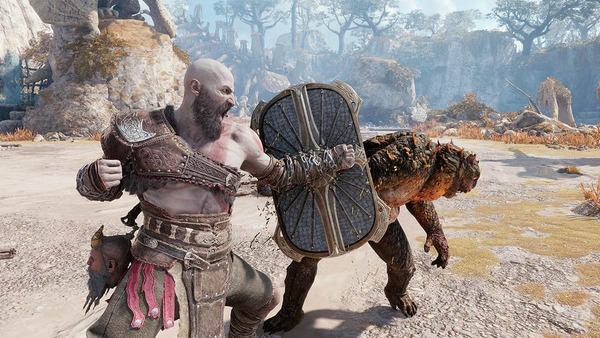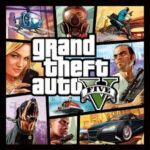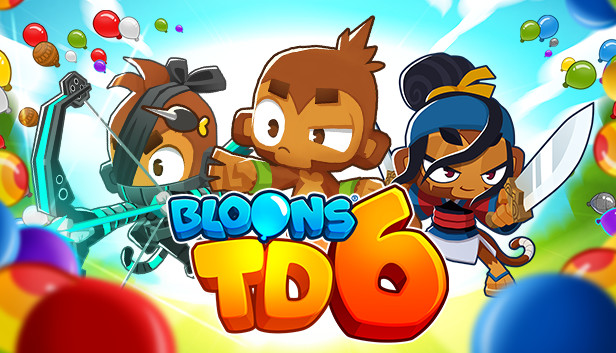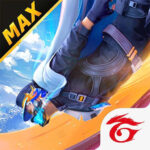Popular Now
Introduction
In the world of online games, the “TrollFace Quest” series stands out with its unique puzzle gameplay and humorous tone. “TrollFace Quest: Horror 1” not only continues the success of its predecessors but also introduces a fresh twist by blending horror elements into the gameplay. This game is not just a simple puzzle game—it’s a creative piece that cleverly parodies the horror genre while delivering a mentally stimulating experience.
1. Exploring the Setting and Storyline
1.1. Distinctive Horror Setting
Each level in “TrollFace Quest: Horror 1” is inspired by iconic horror movies such as Saw, The Exorcist, Gremlins, and The Texas Chainsaw Massacre. This immediately establishes a sense of familiarity for horror fans, letting them quickly recognize characters and situations within the game. It also builds an eerie but oddly comedic atmosphere.
1.2. A Comedic Twist on Horror Storytelling
While it draws heavily from horror cinema, the game’s narrative takes a bizarre and comedic turn. Scenarios frequently defy player expectations, with seemingly terrifying events resolving in ludicrous or ironic ways. This mix creates an engaging experience that constantly keeps players guessing—and laughing.
2. Unique Gameplay Mechanics
2.1. Point-and-Click Style
The game follows a traditional point-and-click mechanic. Players interact with various objects in the environment to solve puzzles. There is often more than one potential interaction per level, encouraging trial-and-error as well as critical thinking.
2.2. Unpredictable Puzzle Design
One defining trait of the game is its unpredictable puzzle logic. Unlike most puzzle games that follow a consistent set of rules, “TrollFace Quest: Horror 1” subverts expectations, requiring players to think outside the box—or abandon logic altogether. This chaotic creativity is both its charm and challenge.
3. The Humor-Horror Fusion
3.1. Turning Scary into Silly
The game masterfully transforms typically frightening elements—ghosts, killers, monsters—into absurd comedic gags. For instance, a level might feature a ghost being scared away by the player, flipping the horror trope on its head and giving it a ridiculous twist.
3.2. A Satirical Lens on Horror Tropes
Beyond simple parody, the game acts as a satirical critique of horror cinema. It exposes the irrational, exaggerated nature of horror movie conventions, pushing players to both laugh at and reconsider what actually scares them.
4. Difficulty and Gameplay Challenges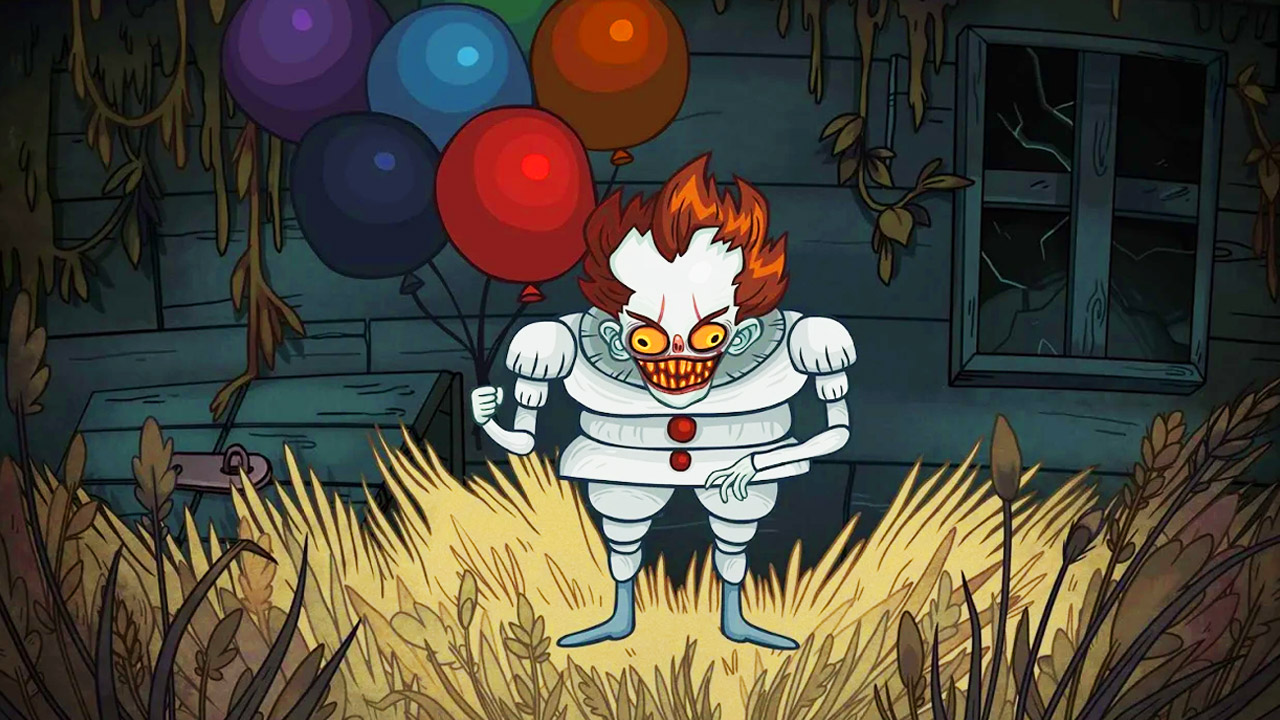
4.1. Progressively Increasing Difficulty
Each level builds on the complexity of the last, evolving from simple puzzles to more intricate and obscure solutions. This progression ensures that players stay engaged and feel a real sense of accomplishment when they solve a level.
4.2. Hints: A Double-Edged Sword
Hints are available but limited, encouraging players to be strategic. Over-reliance on them can diminish the joy of solving a tricky puzzle unaided, but used wisely, they prevent frustration and keep gameplay moving forward.
5. Graphics and Sound Design
5.1. Cartoonish Art Style
Despite the horror theme, the game embraces a cartoonish, chibi-style art design. Characters are exaggerated and comical, creating a humorous dissonance between the visuals and the horror themes they depict.
5.2. Audio Enhances the Atmosphere
Sound plays a major role in amplifying both the creepy and comedic elements. From eerie background music to sudden funny sound effects, the audio is finely tuned to create a contradictory experience: chilling yet hilarious.
6. Community Feedback and Reception
6.1. Positive Reception
Many players have praised the game for its originality, humor, and challenging gameplay. It has been widely shared and discussed across gaming communities and YouTube, where creators often showcase walkthroughs and reactions.
6.2. Criticism and Frustration
Not all feedback has been positive. Some players feel that the game’s logic is too erratic or that its challenges can be more frustrating than fun. The unexpected puzzle solutions are a double-edged sword—delightful for some, infuriating for others.
7. Comparison with Other Series Installments
7.1. What Sets Horror 1 Apart from Previous Games
Unlike earlier entries in the series that focused on general pop culture, “TrollFace Quest: Horror 1” takes a focused, genre-specific approach. The horror twist adds freshness and broadens its appeal to fans of horror films, not just puzzle games.
7.2. How Later Games Stack Up
While sequels build upon the formula, many fans consider “Horror 1” to be the most creatively daring. It balances horror and humor more effectively than its successors, earning it a special place in the series.
8. Cultural Impact and Legacy
8.1. A Viral Internet Phenomenon
The game became a viral hit upon release, frequently shared on social media and gaming platforms. Its combination of recognizable pop culture and absurd humor struck a chord with a wide audience.
8.2. Influence on Puzzle Games
Its success influenced other developers to experiment more with parody and genre-bending gameplay. “TrollFace Quest: Horror 1” showed that games can simultaneously mock and celebrate their source material.
9. Overall Evaluation
9.1. Strengths
-
Innovative gameplay with a humorous twist on horror.
-
Bold and memorable graphics/sound design.
-
High replay value due to creative solutions and Easter eggs.
9.2. Weaknesses
-
Inconsistent puzzle logic can be frustrating.
-
Limited appeal for players expecting traditional horror or logic-based puzzles.
10. Conclusion
“TrollFace Quest: Horror 1” stands as a unique entry in both the puzzle and parody genres. It delivers a smart, if chaotic, take on horror by mixing it with slapstick comedy and troll logic. While not for everyone, it’s a must-play for fans of absurdist humor, unconventional puzzles, and horror satire.
